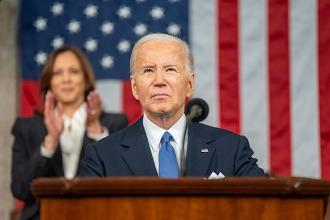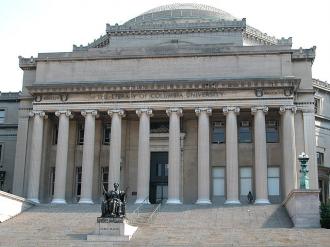The U.S. added 142,000 new jobs in September, a disappointing figure the Federal Reserve will be closely scrutinizing as it mulls the first rate hike in nearly a decade.
The headline unemployment rate held steady 5.1%. Economists had forecast 203,000 new jobs and that the unemployment rate would remain at 5.1%.
It’s unclear which way the September data will influence central bank policy makers. Jobs data had been relatively strong for months, with the U.S. adding well-over 200,000 new jobs each month and the unemployment rate falling to its lowest level in seven years.
But wage growth has remained stubbornly slow, a vexing situation that has helped keep inflation well-below the Fed’s 2% target range.
Labor market data and inflation numbers – two inextricably connected economic indicators – are probably the two most important pieces of data influencing the Fed’s decision on the timing and trajectory of a rate hike.
Nevertheless, the Fed seemed poised to raise rates in September based on the central bank’s fulfilling its dual mandate, that of full employment and price stability. The Fed’s criteria for full employment was achieved a long time ago, but the price stability aspect has remained problematic as a number of factors have combined to keep inflation low.
But Fed officials, notably Fed Chair Janet Yellen, have repeatedly expressed confidence that inflation will rise as the job market continues to tighten.
All of that appeared on track earlier this year and the Fed was broadcasting a September rate hike. Then U.S. markets were roiled by reports that suggested China’s economy was slowing, a contraction that would have a ripple effect throughout global emerging markets and one that could eventually impact U.S. growth.
So the Fed decided not to raise rates in September, placing the focus back on U.S. data for signs that the U.S. economy is strong enough to absorb the higher borrowing costs that will follow a rate increase.
In particular, the Fed will be looking at wage growth. In theory, wages should be moving higher than they actually are based on simple supply and demand. If more people are working it harder for employers to fill positions so they have to raise wages to fill empty positions.
That hasn’t been the case, however.
An excess of slack in the labor force has maintained a surplus of qualified workers, many of whom are working part-time or temporary jobs, which has allowed employers to dip into that pool to fill positions without having to significantly raise wages. Although there is evidence that’s starting to change and that wages will gradually start moving higher.
Elsewhere, second quarter GDP was revised upward to 3.9%, a healthy if not robust figure that could sway central bankers toward a rate hike later this year.















